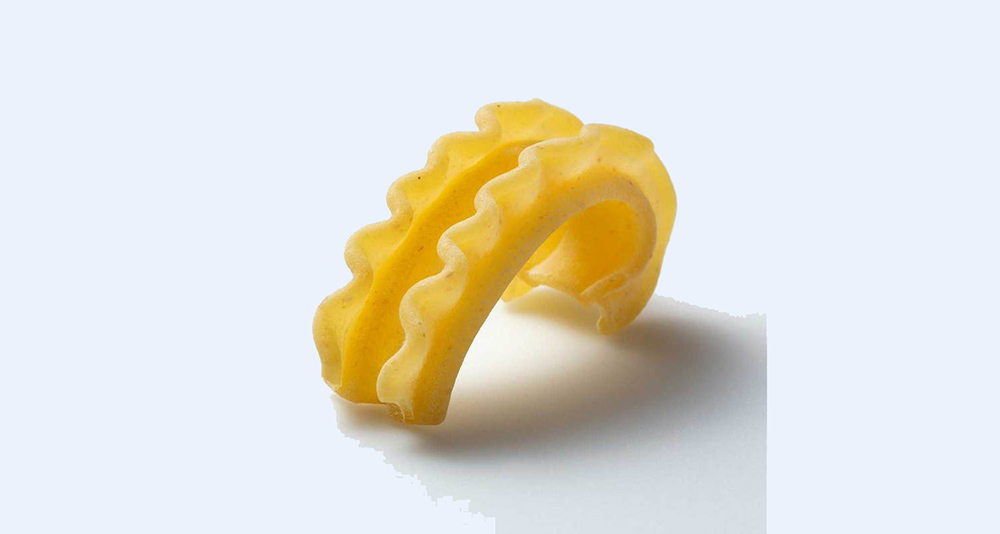By Chef Joseph Massaglia
What is your favorite pasta dish? Lasagna? Spaghetti with meatballs? Linguine with clam sauce? Maybe the better question is what is your favorite pasta shape? Penne? Tortellini, Ravioli? Farfalle?
According to many sources there are there are approximately 350 different pasta shapes in Italy alone. And to confuse it even further, the same pasta shape may have a different name depending on the region of the country.
If you take into account all the pastas shapes now in existence, that the number could easily reach close to 1,000 when you add in new ingredients such as those made with whole wheat flour and gluten-free ingredients like rice and corn.
All traditional pasta is made from simple ingredients – flour, salt, water and eggs. But every pasta shape has unique contours, ridges, diameters and lengths – characteristics that lend themselves to specific sauce applications. Some, like tiny acini de pepe and anelli are used specifically for soups. Broad paparadelli noodles are perfect for a hearty meat sauce. And large lasagna noodles are of course designed for casseroles.
Some pasta shapes were developed and originally eaten only in certain areas of Italy. For example, bigoli (thick, noodle-like spaghetti) are from Veneto; strozzapreti (meaning, “priest strangler”) are from Emilia-Romagna; and orecchiette (or “little ears”) are from Puglia.
This year there has been a shake-up in the world of pasta. Although pasta has been around for thousands of years, and most of the shapes we’re familiar with have been around for centuries. This year, James Beard Award winner Dan Pashman, creator and host of The Sporkful food podcast, introduced the first new pasta shape since cavatappi was created by Barilla in the 1960s.
Called cascatelli (Italian for waterfalls), it took him three years of painstaking research, trial and error to develop and manufacture this new shape. In collaboration with small, artisan pasta company Sfoglini, cascatelli combines the three qualities Dan believes all pasta show have: the ability to hold sauce well (“sauceability”), the ease of holding the shape on your fork (“forkability”), and how satisfying it is to sink your teeth into it (“toothsinkability”). This new pasta shape is a curved, slightly thicker noodle with ruffled edges and a rough surface so that you can easily pick it up with a fork while the edges and surface allow it to hold more sauce. Great idea!
As a chef, I’m always looking for new ingredients, and I’m pleased to say I like this new cascatelli. It’s excellent with heartier sauces like Bolognese, sauces with chunkier ingredients like clam sauce, or creamier-type sauces like alfredo or cacio e pepe.
I’m looking forward to experimenting with this new shape in my kitchen at Mama Mia’s. And who knows, perhaps you’ll find it on the menu soon – as soon as I can get more shipped to me! It’s very, very popular.
Be well, stay safe, and support your local restaurants.
Buon Appetito!
If you’re interested in learning more about specific pasta shapes, look at the Matador Network website where 67 pasta shapes are described and pictured. (https://matadornetwork.com/read/every-italian-pasta-explained/)
If you’d like more information on Cascatelli, please go to Sfoglini’s website: https://www.sfoglini.com/products/sporkful
Joe’s Table for Two radio show airs Saturday mornings from 10 a.m. to 1 p.m. on WOND 1400 AM. Website: joestablefortwo.com. Facebook: Joe’s Table for 2 and Eat at Joe’s EHT. Contact Joe: joestablefortwo@gmail.com.






